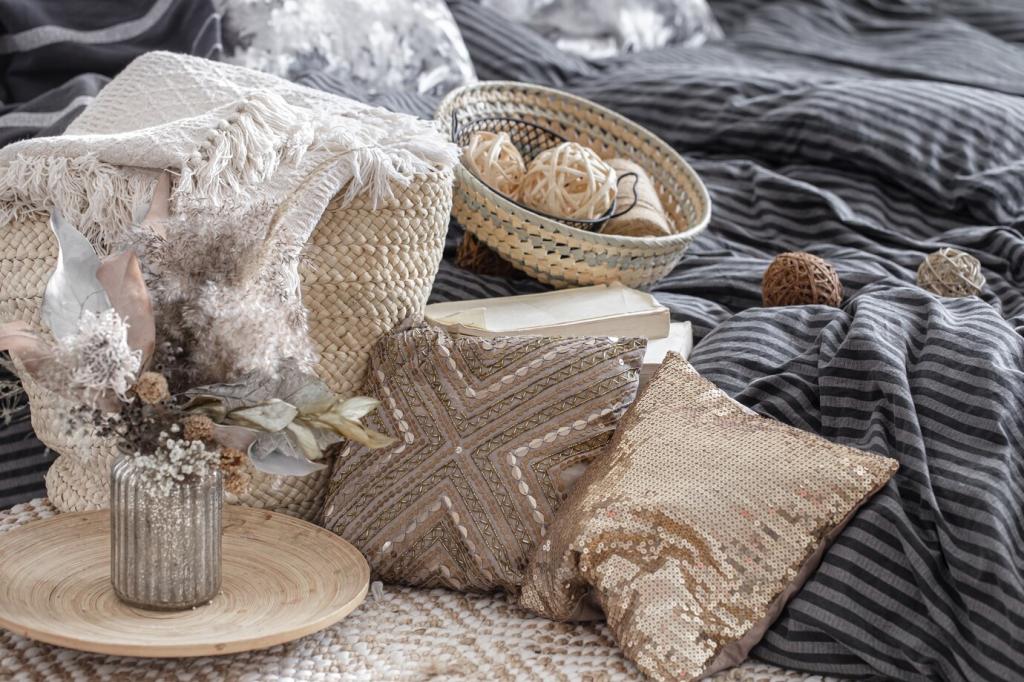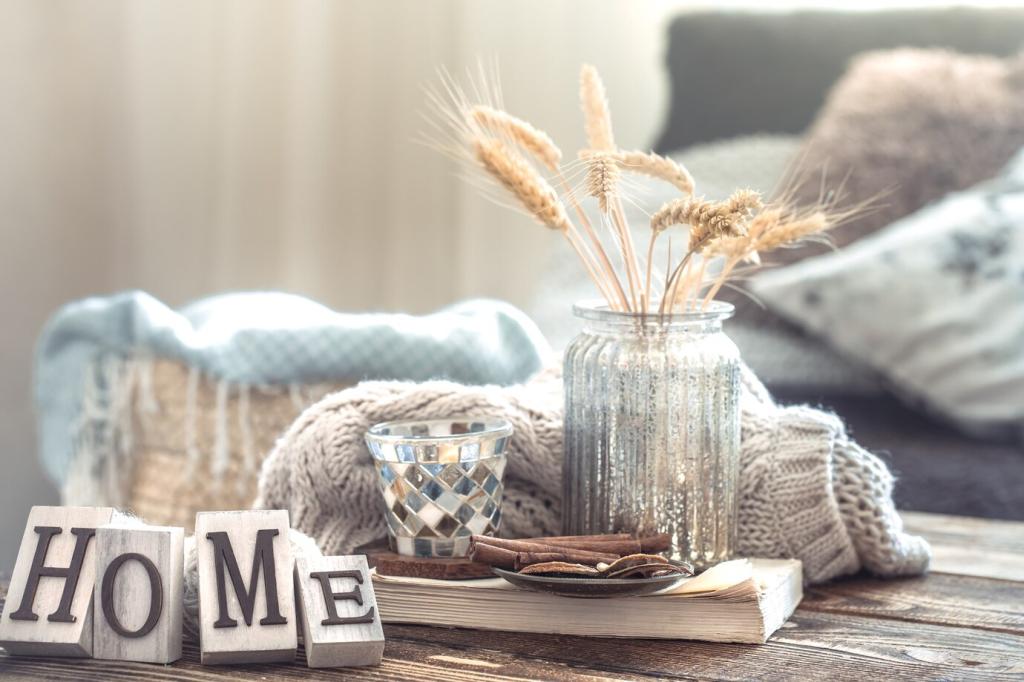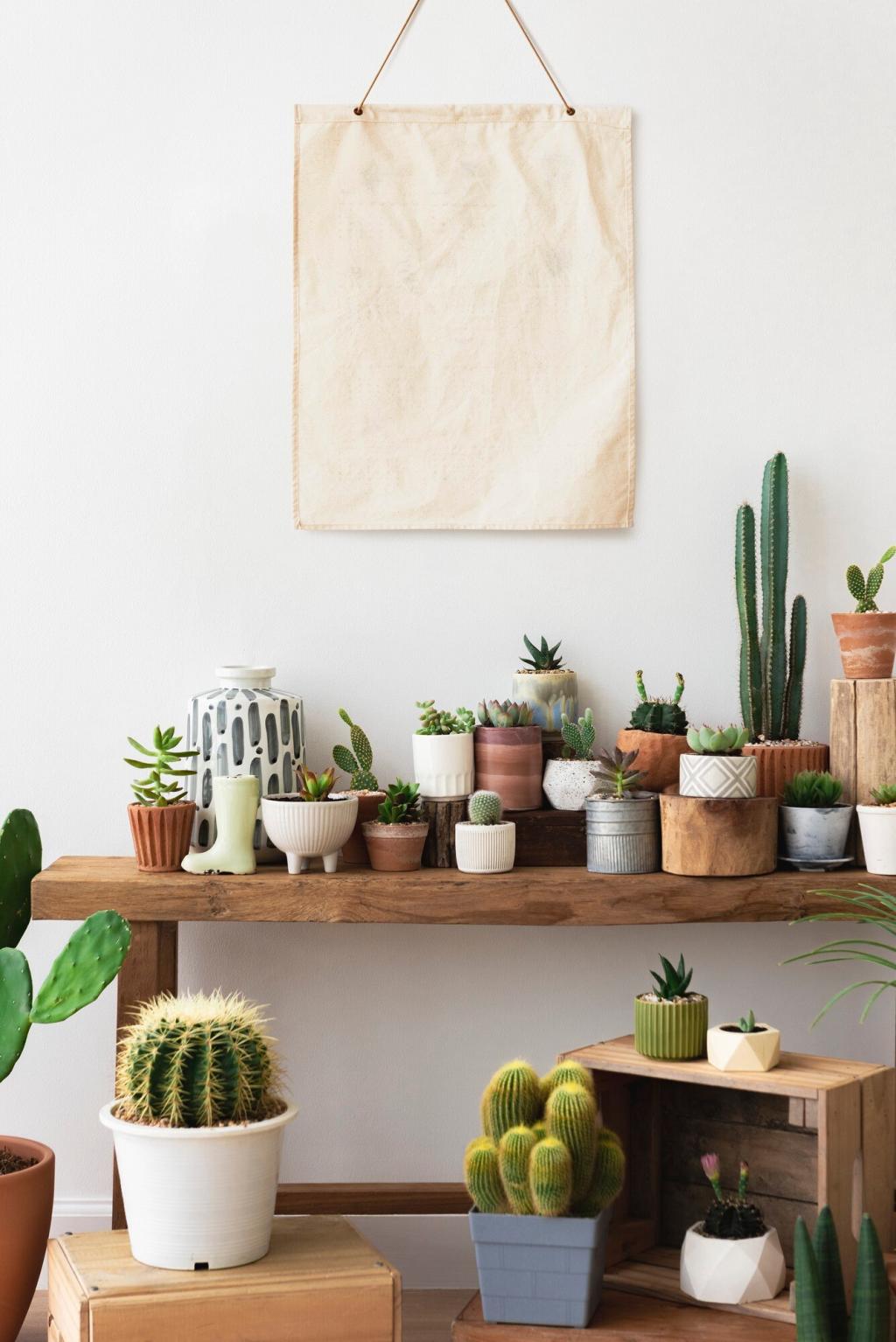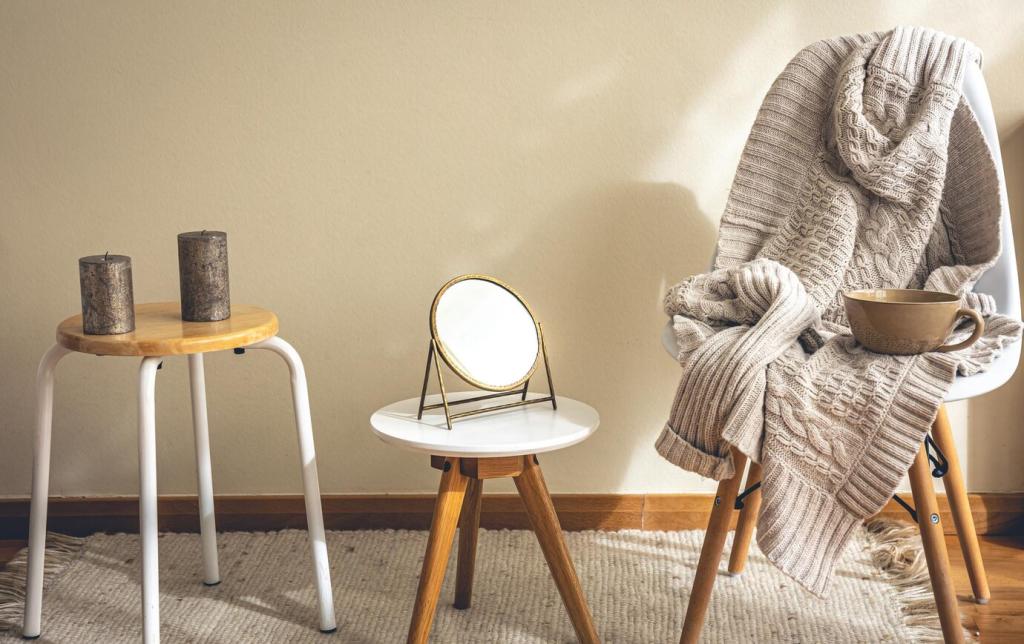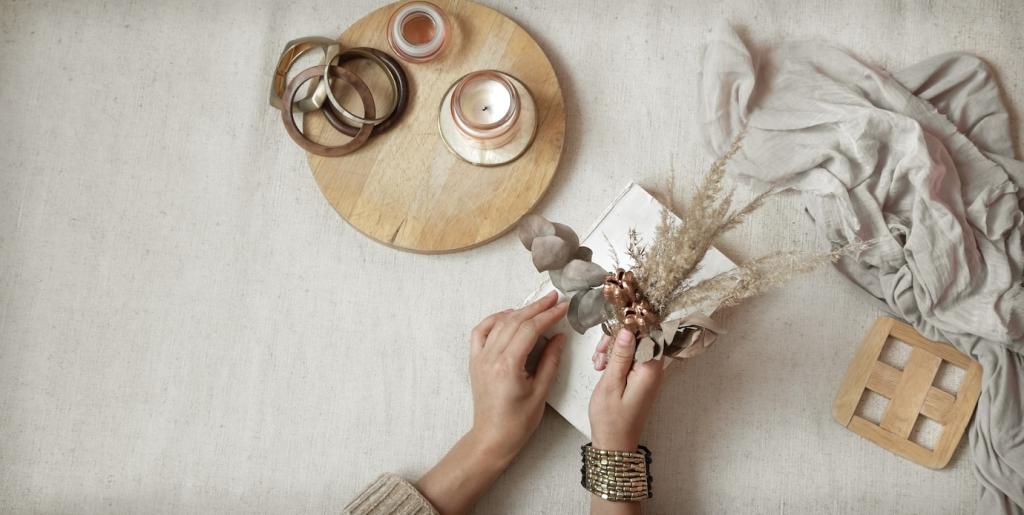Certifications and Trustworthy Labels
FSC and PEFC track responsibly managed forests, chain-of-custody, and social safeguards. When specifying cabinetry, flooring, or millwork, request documentation from suppliers. Comment with a product you’re considering, and we’ll help you verify its certification path.
Certifications and Trustworthy Labels
Products carrying GREENGUARD or FloorScore meet strict chemical emission limits for healthier interiors. These are especially valuable for carpets, resilient floors, and finishes. Share your short list, and we’ll flag any items lacking third-party emissions testing.
Certifications and Trustworthy Labels
Cradle to Cradle evaluates material health, reuse potential, clean energy, water stewardship, and social fairness. It guides selections that fit future recovery. Curious which interior staples qualify? Subscribe for our quarterly roundup of certified options.

